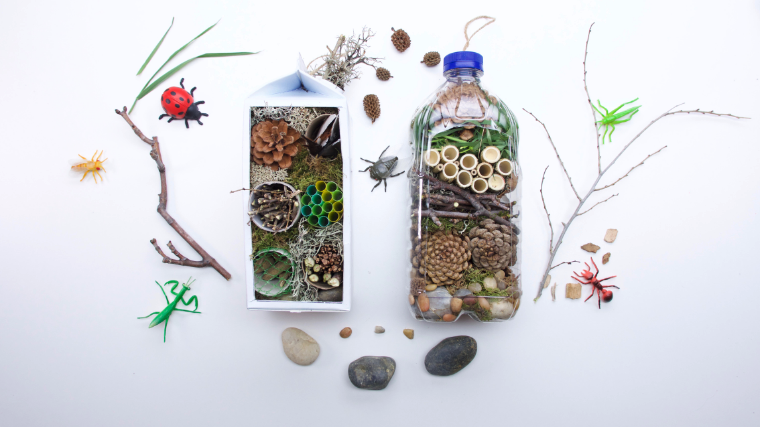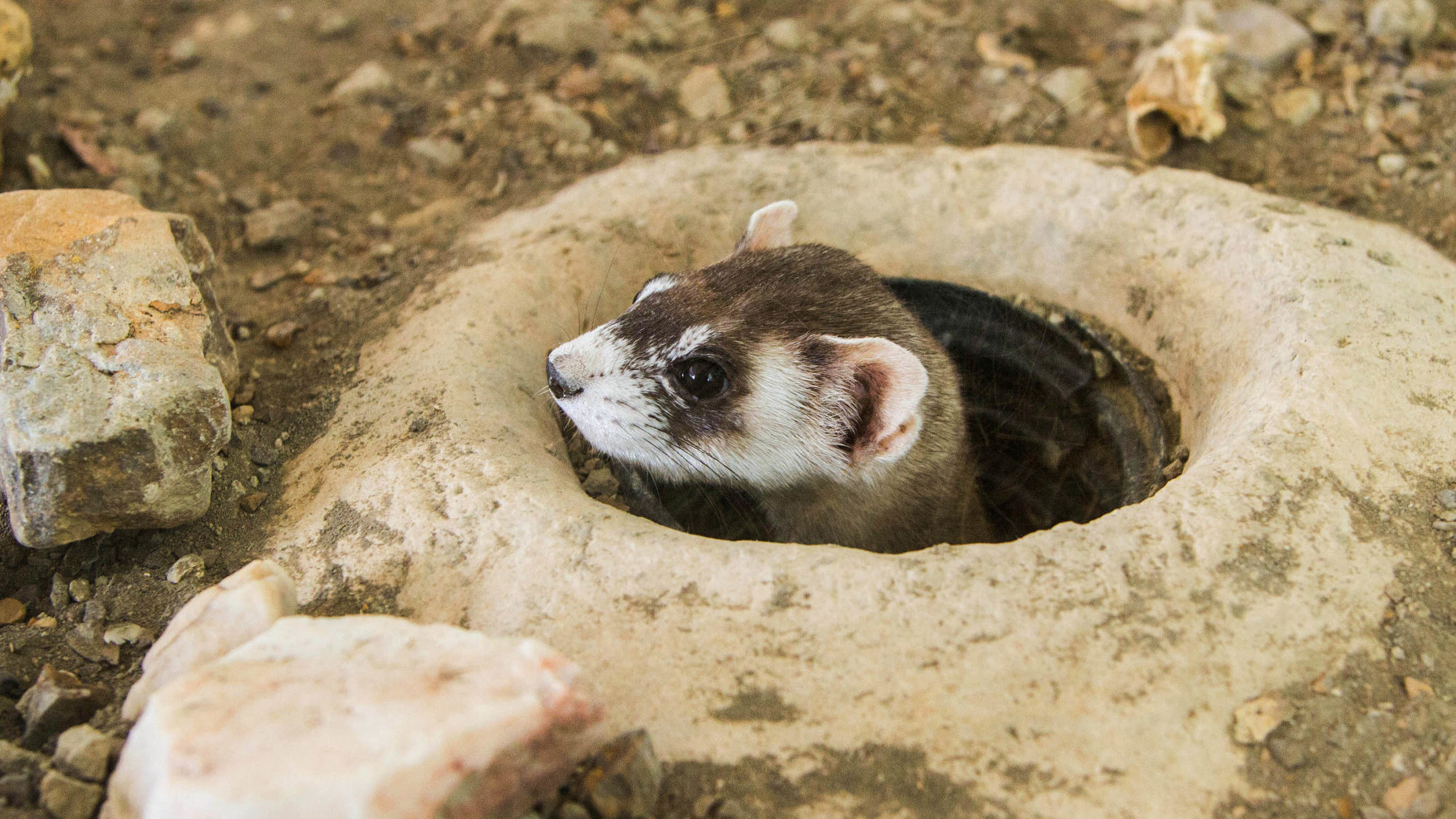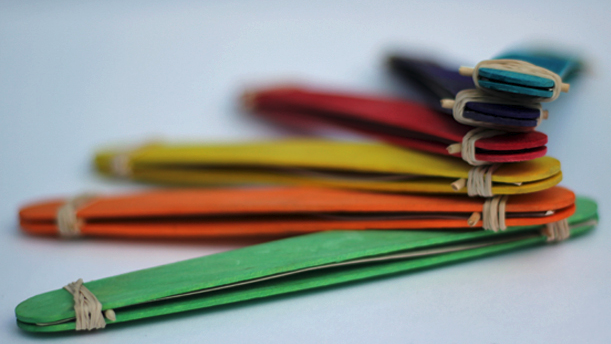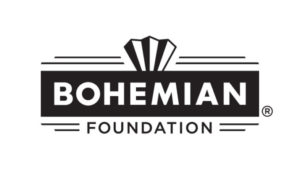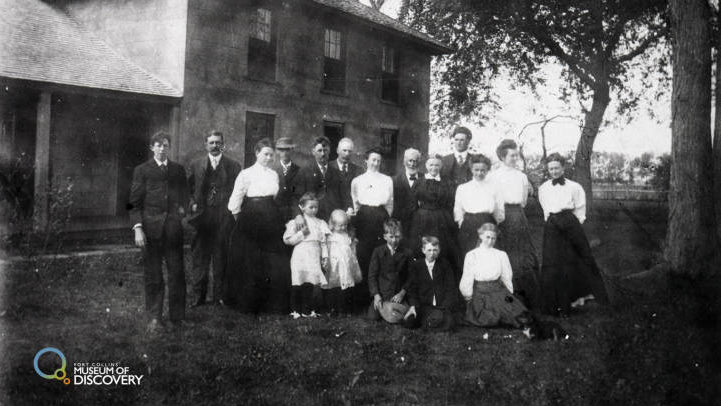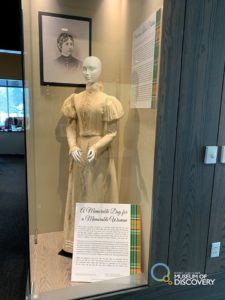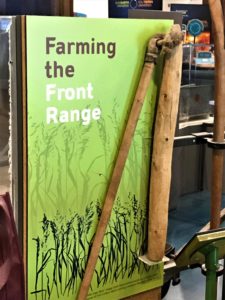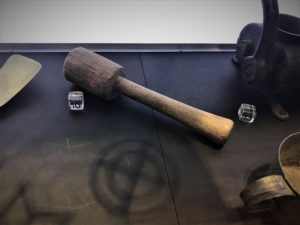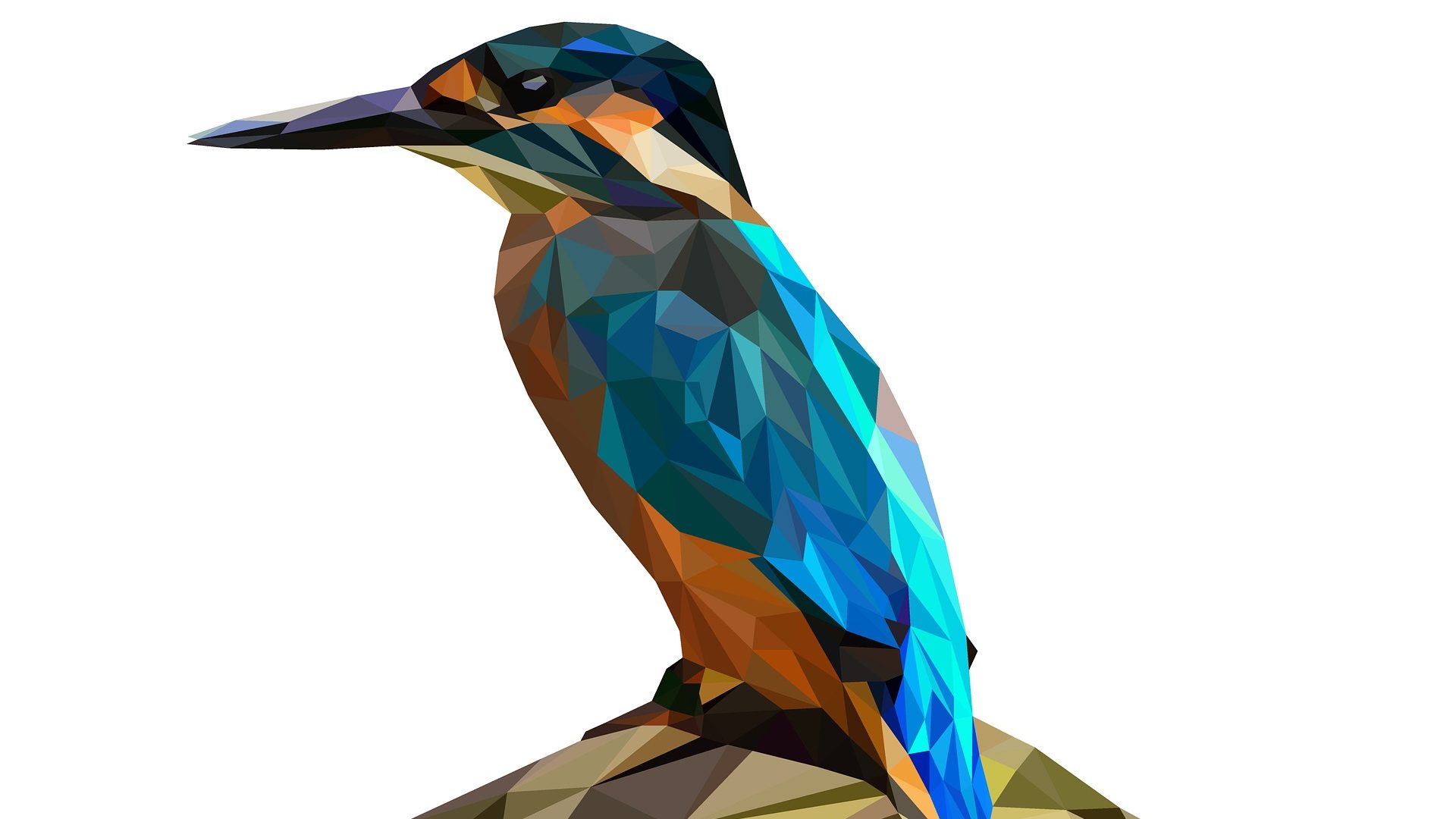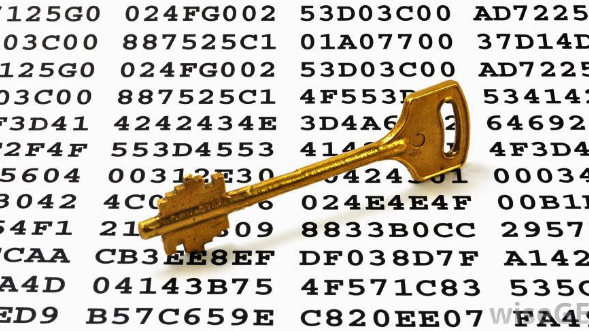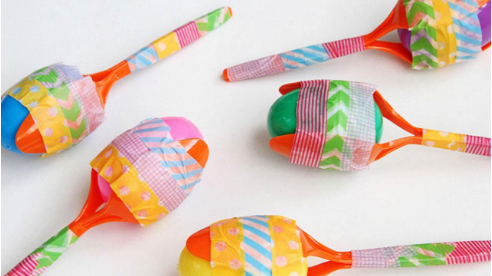Post written by Lea Mikkelsen, Early Childhood Coordinator.
Daily Discovery: Make Your Own Bug Box
Creeping, crawling, flying, chirping… bugs are everywhere outside! Take a look down in the dirt and see if you can catch one for your very own bug observation box.
Supplies:
- A clear plastic container. Tip: Try looking in your recycling! I used a produce container that had tomatoes in it. Try to find one without too many large holes.
- Mesh or net with very small holes. Tip: I found a potato bag made of mesh.
- Scissors
- Tape
- Insect, Myriapod, and Arthropod learning sheets
Instructions:
- Place all your supplies on a clear surface with plenty of room to work.
- Ask an adult for help with cutting the plastic or attaching the mesh to your container if you need it.
- Look at your container. Is there a lid or a way to open it to put your bug inside?
- Decide where to cut a hole for air. Tip: Some containers may already have a hole like my tomato container.
- Cut your mesh to fit the shape of the hole. Tip: I folded the mesh in half to make sure bugs could not get out!
- Use tape to attach the mesh to the container.
- Make sure there are no holes around the mesh or in the container that could let a bug out! Cover any
big holes with a little extra tape. - Go outside and fill your bug box with dirt, leaves, and sticks for your bug to climb on.
- Finally, catch a bug to observe in your bug box! Be sure you let them go back outside after a few hours.
- Learn about the differences between Insects, Myriapods, and Arthropods, on the learning sheets and try to determine what kind of bug you caught!
Want to download these directions? Click here for a handy PDF!
Follow along with our Daily Discovery! Click here for all activities that you can do at home.
Image credit: supersimple.com “Bug Hotel”

